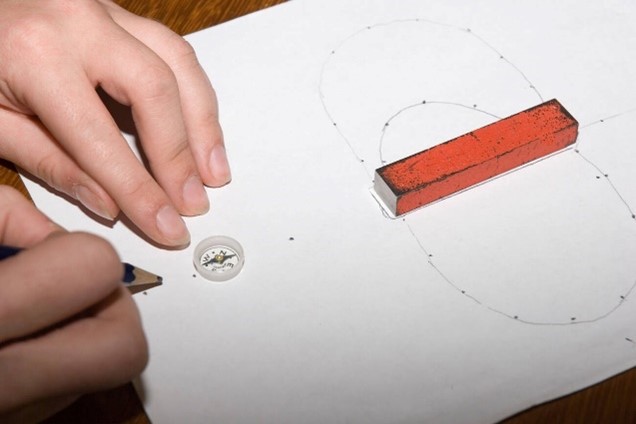
Magnetism experiments
Experiments with magnetism or also known as magnets can be found throughout history in the form of hypotheses made to carry out tests for important discoveries that we can find nowadays. For example, the magnetism of the earth.
The discovery was made by William Gilabert when he placed two bars of iron copper and magnetite and consequently saw that these two elements repelled each other.
Another experiment was the discovery that the effect of the force of electric charges is proportional to the interval of space separating them. This fact was discovered by Charles Austin with a rod and a sphere at each end.
The discovery of electromagnetism was made by Faraday, based on Oersted’s experiment in which he integrated a magnetized needle around a wire with a current. This wire was wrapped with several lines of force.
The experiment of the discovery of the law of conservation of charge was made by Benjamin Franklin when he flew a kite with a metal key in the middle of a storm. The wet string conducted the electricity to the Leyden bottle (a water bottle with a coating of metal particles) and accumulated the energy.
Experiments with homemade magnets
If we look for more common, everyday experiments with magnets, we can find several that can help us to understand magnetism. For example, we can draw the magnetic field lines.
First of all, we must place the bar magnet on a sheet of paper and trace the outline of the magnet. Then we place the compass on one pole of the magnet and mark with a pen the direction it indicates. After this, move the compass so that it is above the point you have just made, in this way the compass will mark a new direction; if we repeat this step until we reach the other end of the magnet we will obtain the magnetic field line using the points made.

Experiments with magnets
More commonly seen in easy magnet experiments for children, a basic experiment to show children what magnetism is:
The magnetic mass experiment: all you have to do is create a malleable mass and introduce the iron oxide powder. Once we have the mixture we will bring a magnet close to it and in this way we can see how the mass of iron oxide and the magnet come closer together.